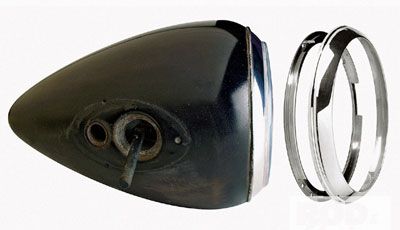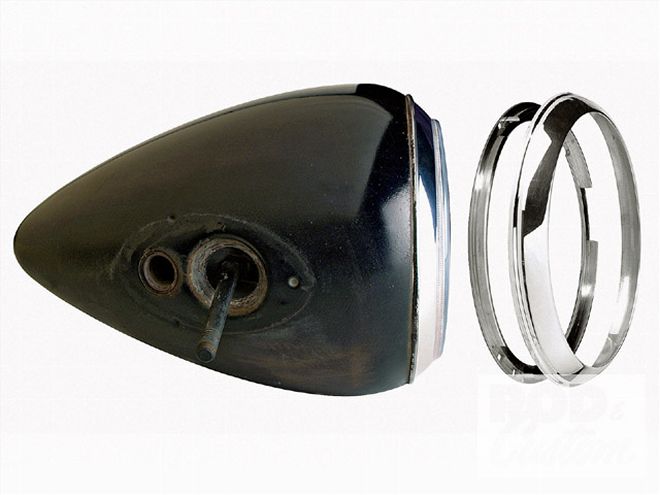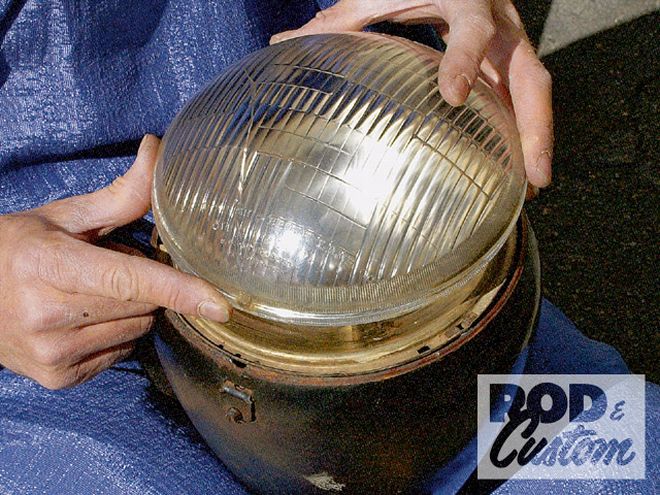

Improving the lighting on a highboy can generally be accomplished by just bolting on any number of the upgraded set of headlights available these days. Unfortunately, the same can't always be done if you're working on something a little different like a mid-Thirties full-fendered rod with headlight buckets incorporated into the car's design.
Headwinds' owner, Joel Felty, has always been looking for something cool to do that'll also fill a void in the market. His main business is manufacturing custom billet headlights for hot rods and motorcycles, but when someone came in with a stock set of Model T headlights that had been retro-fitted with new H4 bulbs in the stock reflector and wasn't happy with the performance, Joel figured he could come up with a solution. Joel and his crew came up with an adapter ring that allowed a modern 7-inch light to be installed in the original bucket giving the customer the bright and directed light he wanted.
Over the years Joel has expanded the company's adapters to work with a variety of models, for many of which there haven't been any other solutions. We were intrigued, so we went by and took a look as they brightened up a set of '37 Plymouth sedan headlights using the stock preloaded lens springs to blend the old and new.

Principles Of Light
Photometrics combined with candlepower determine the lamp's performance (luminosity). Photometrics is how light is distributed and candlepower is the amount of light emitted from the bulb. Photometrics is determined by flutes behind the lens or mirrors on the reflector. Distributed light patterns can go from a pencil beam to a wide flood. A smooth parabolic reflector with a clear lens produces a pencil beam. A fluted lens produces a flood light due to prisms on the inside of the lamp that bend or refract the light. Refracted light is yellowed, reducing the light's brightness.
Modern-technology lamps have clear lenses with mirrored reflectors. This produces a dense light pattern with whiter light that reaches farther down the road than a fluted lens lamp. H4 bulbs come in Halogen (Iodine) or Xenon (an inert gas). Xenon is about 30 percent brighter than iodine. Some bulbs have dichroic mirrors (colors) to change the wavelength of light, making the road more visible. Others have blue filters to make them look like H.I.D. (mentioned below). Filters, like sunglasses, reduce the amount of light emitted from the bulb, making it dimmer. Blue lights on some cars are H.I.D. (High Intensity Discharge), which is an arc lamp, deriving its light from an arc jumping from one electrode to the other, inside a quartz glass tube filled with xenon gas and metallic salts. Most bulbs are incandescent lights and have a thin, wound filament that heats up and glows inside a bulb or sealed beam, filled with various gasses. H.I.D. is 3 to 4 times brighter than iodine and draws less power (wattage) than incandescent lamps.